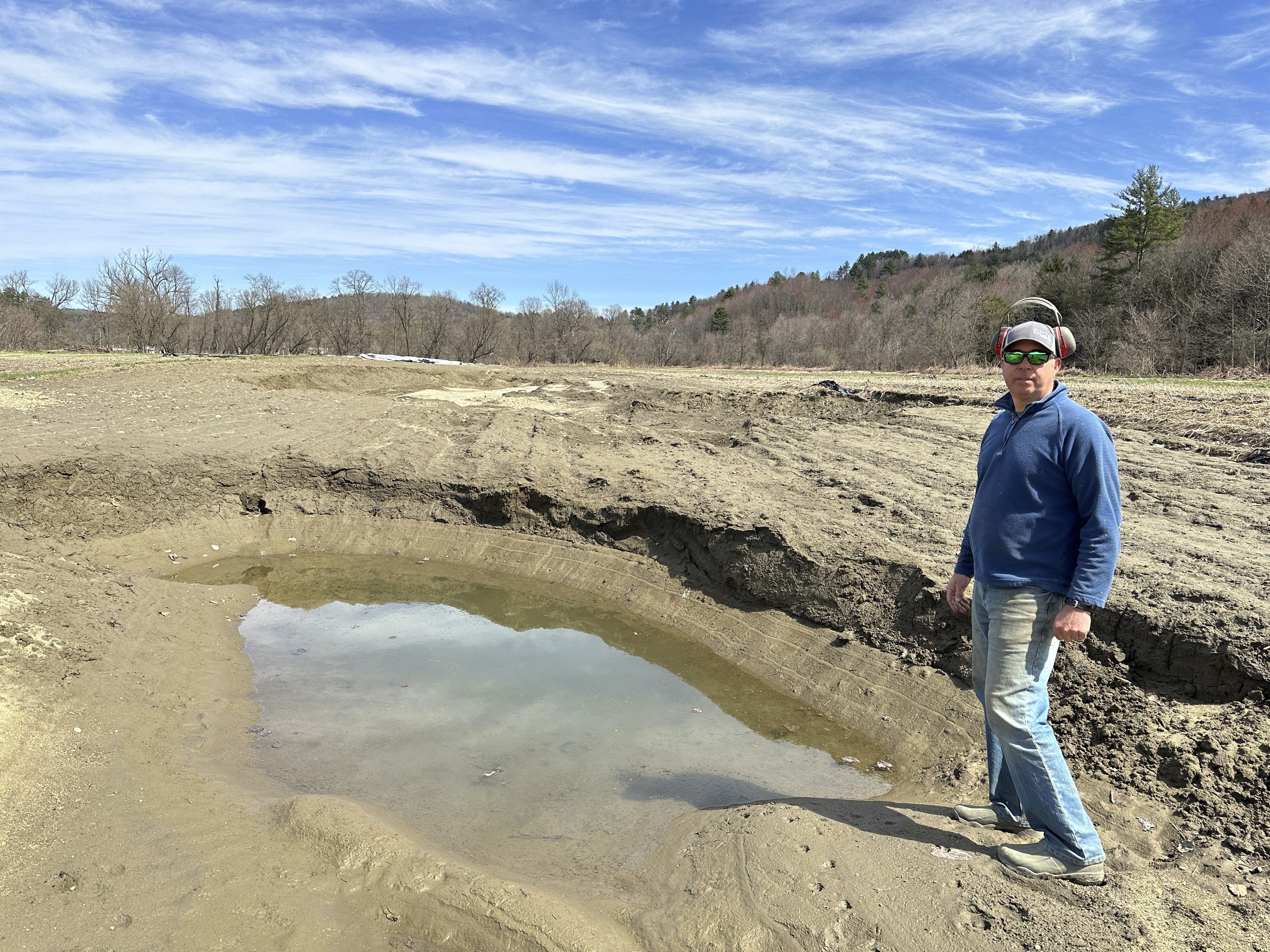Wildlife biologists are urging people to enjoy wild animals from a distance, following the death of a bison calf that tourists at Yellowstone National Park loaded into their SUV because they were concerned for its welfare. Park officials said Monday the calf had to be euthanized after it could not be reintroduced to the herd.
The incident last week and several other recent cases led to fresh warnings that park rules require visitors to stay at least 25 yards from all wildlife and 100 yards from bears and wolves.
Visitors brought the newborn calf they thought was cold and suffering to a park facility on May 9, which officials called a dangerous move because adult bison are protective and will attack to defend their young. Rangers took the animal back to where it was picked up, but they could not get it back with the herd after several tries.
"The bison calf was later euthanized because it was abandoned and causing a dangerous situation by continually approaching people and cars along the roadway," the park said in a statement.
The visitors were cited for touching park wildlife and fined $110, Yellowstone spokeswoman Charissa Reid said. She declined to name the visitors or issue a copy of the citation amid the investigation.
Similar advice about respecting boundaries with animals is in place in Vermont, where state law forbids taking a wild animal into captivity, unless someone is a licensed wildlife rehabilitator.
"We can't treat them like our house pets," David Sausville, a biologist with the Vermont Fish & Wildlife Department, said of wild animals.
Vermont
The latest news from around the state
Sausville said over the next few weeks, as more young critters emerge, people walking outdoors may have the urge to scoop them up, believing an animal such as a baby fox to be irresistibly cute. But Sausville warned they may be carriers of rabies.
"The best thing to do is just leave [the animal] in place and let nature take its course," Sausville said.
In other cases, such as with deer fawns, Sausville said people are often incorrect if they think they should help a fawn they believe has been abandoned by its mother. Mother deer regularly leave their young alone for hours and return for them, Sausville explained, and human intervention risks separating the animals from their mothers.
Major George Scribner of the Vermont Fish & Wildlife Department said roughly once per year, a young deer needs to be euthanized when biologists cannot reintroduce the animal to the wild after human contact. He explained animals learn a lot from their parents about survival that sometimes cannot be taught if the young are separated for too long from their mothers.
Much more commonly, Scriber said small baby animals such as skunks, raccoons, woodchucks, and foxes need to be put down, for rabies testing, after humans handle the possible carriers of the virus.
Professional naturalist Bridget Butler, who offers birding tours and presentations under the "Bird Diva" moniker, told necn there is a simple way to remember the importance of maintaining boundaries with wild animals.
"A saying that's good to keep in your mind is, 'If you care, leave it there,'" Butler said. "For some animals, if you separate them from their parents, mammals especially, they may not be accepted back."
For more information on what to do if you encounter injured animals in Vermont or ones that appear to possibly be orphaned, visit this website: http://www.vtfishandwildlife.com/learn_more/living_with_wildlife/injured_and_orphaned_wildlife
The Associated Press contributed to this report.



